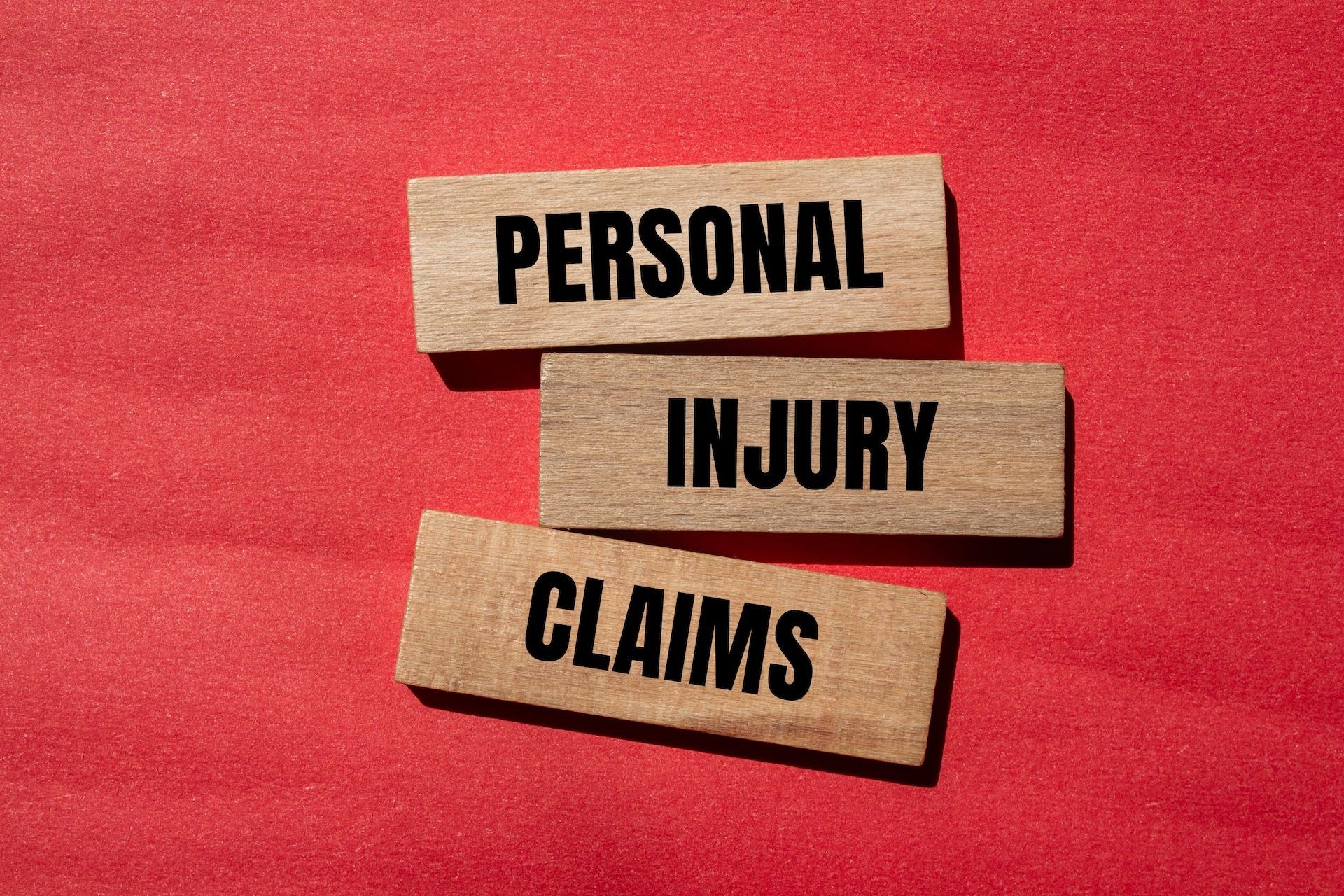The Importance of Demonstrative Evidence in Vocational Assessments

When people are injured, involved in legal disputes, or face challenges returning to work, vocational assessments are often used to understand how their condition affects their ability to earn a living. These assessments analyze a person’s skills, education, health, and job opportunities. But sometimes, words and reports alone are not enough to explain the findings clearly in court or during negotiations. This is where demonstrative evidence becomes essential.
In this article, we’ll explore what demonstrative evidence is, why it matters in vocational assessments, and how it can make complex information easier for everyone to understand.
What Is Demonstrative Evidence?
Demonstrative evidence is a type of visual or physical material that supports expert testimony. Instead of relying only on written reports or spoken words, demonstrative evidence shows information in a clear, visual way.
Some common forms include:
- Charts and graphs – showing lost wages, future earnings, or job availability.
- Timelines – explaining medical treatment or work history.
- Illustrations or diagrams – helping explain injuries or limitations.
- Videos or simulations – recreating workplace conditions or tasks.
This type of evidence doesn’t replace expert opinions, but it makes those opinions easier to understand. It helps judges, juries, attorneys, and even clients see the “big picture.”
Why Demonstrative Evidence Matters in Vocational Assessments
Vocational assessments involve detailed information, including medical records, employment history, and economic data. This can quickly become overwhelming for non-experts. Demonstrative evidence bridges the gap between technical knowledge and everyday understanding.
Here’s why it’s so important:
1. Makes Complex Information Simple
Legal cases often involve complicated financial and vocational data. A well-designed chart can quickly explain how an injury limits earning capacity over time, making it easier for a jury to understand.
2. Builds Credibility and Trust
When vocational experts use demonstrative evidence, it shows professionalism and preparation. Visual evidence makes their testimony more persuasive and helps establish trust with the court.
3. Highlights Key Points
In long trials, details can get lost. Demonstrative evidence ensures that the most important facts stand out. For example, a graph showing lifetime lost wages creates a lasting impression.
4. Supports Fair Settlements
Clear evidence can lead to quicker and fairer settlements. If the opposing side sees strong demonstrative evidence, they may be more willing to negotiate without dragging the case into a lengthy trial.
5. Engages the Audience
People process visuals faster than text. Demonstrative evidence captures attention and makes testimony more memorable, which is critical in high-stakes cases.
The Role of Vocational Experts
Vocational experts play a key role in personal injury, workers’ compensation, and divorce cases. They assess a person’s ability to work, estimate earning potential, and explain how an injury or condition affects future employment.
But their job doesn’t stop at analyzing data. They must also present their findings in a way that non-experts can understand. Demonstrative evidence is one of the most effective tools experts use to accomplish this.
For example:
- In a
personal injury case, an expert might use a wage-loss chart to show how a back injury prevents someone from earning the same income they once had.
- In a
divorce case, a vocational expert might create a timeline showing one spouse’s career interruptions and how that impacts future earnings.
By combining their expertise with demonstrative evidence, vocational experts provide courts with a clear and fair view of a person’s situation.
Types of Demonstrative Evidence in Vocational Assessments
Not all cases are the same, and the type of evidence used depends on the situation. Here are some common types used in vocational assessments:
- Earnings Loss Projections – Charts that show the difference between pre-injury and post-injury earning potential.
- Job Market Analyses – Graphs that highlight available job opportunities and salary ranges.
- Career Timelines – Visuals showing how an injury or condition has interrupted career progress.
- Medical-to-Vocational Links – Diagrams that connect medical limitations to workplace restrictions.
- Work-Life Expectancy Charts – Showing how long an individual is expected to remain in the workforce based on their condition.
These tools are carefully designed to be accurate, professional, and easy to interpret.
Real-World Benefits of Demonstrative Evidence
For Attorneys
Lawyers benefit because demonstrative evidence strengthens their case. It gives them clear visuals to support arguments and helps them explain complex points to juries.
For Clients
Clients see their story told in a way that highlights their challenges. It provides validation and ensures their struggles are represented fairly.
For Judges and Juries
Decision-makers gain a better understanding of technical details, which leads to fairer outcomes. They don’t need to be experts to see the impact of an injury on someone’s livelihood.
Challenges and Considerations
While demonstrative evidence is powerful, it must be used carefully:
- Accuracy is critical – Evidence must be fact-based, not exaggerated.
- Clarity matters – Overly complex visuals can confuse rather than help.
- Professional design – Poorly made charts or graphics may weaken credibility.
This is why vocational experts with experience in demonstrative evidence are highly valuable. They know how to balance accuracy, clarity, and impact.
Why Choose OAS for Demonstrative Evidence in Vocational Assessments
Occupational Assessment Services, Inc. (OAS) has decades of experience providing expert vocational evaluations. Their team specializes in creating high-quality demonstrative evidence that supports their assessments.
By working with OAS, attorneys and clients gain:
- Experienced experts who understand both vocational analysis and courtroom presentation.
- Custom visuals designed to match the specifics of each case.
- Proven authority with a history of successful testimony in courts nationwide.
OAS combines technical skill with clear communication, ensuring that every case is represented with fairness and accuracy.
Conclusion
Demonstrative evidence in vocational assessments is more than just charts and graphics—it’s a powerful tool that turns complex data into clear, persuasive, and fair presentations. Whether in personal injury, workers’ compensation, or divorce cases, demonstrative evidence helps attorneys, clients, and courts make better decisions.
When used by skilled vocational experts, it ensures that the truth is not only told but also understood.
Contact
OAS today to learn how demonstrative evidence can strengthen your vocational assessment case.
Disclaimer: The information on this website and blog is for general informational purposes only and is not professional advice. We make no guarantees of accuracy or completeness. We disclaim all liability for errors, omissions, or reliance on this content. Always consult a qualified professional for specific guidance.








